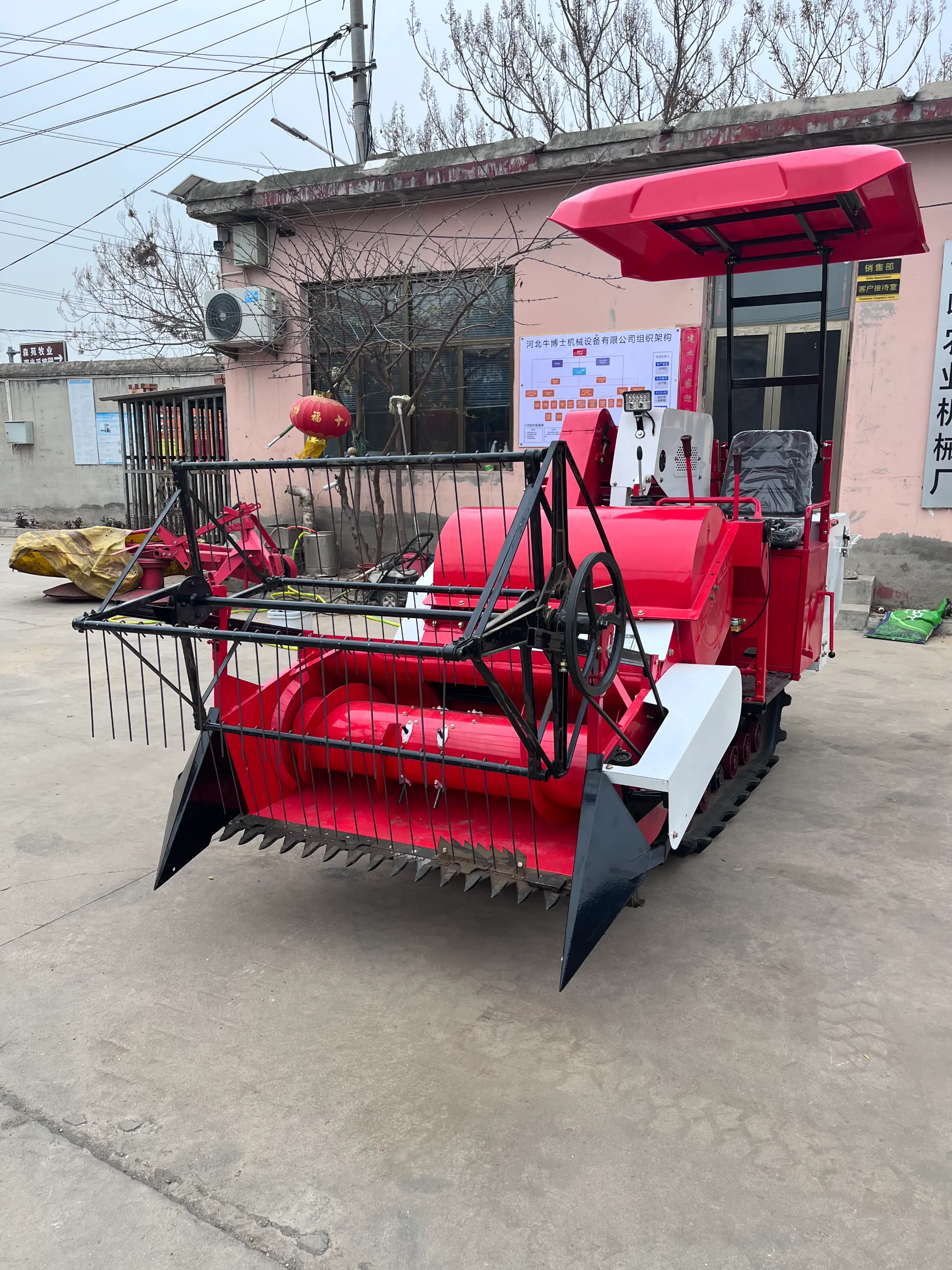Innovative Solutions for Efficient Foraging Machine Design and Functionality
The Forage Machine A Vital Player in Modern Agriculture
In the realm of modern agriculture, efficiency and productivity have become paramount. One of the key players in this transformation is the forage machine, a pivotal tool that plays a crucial role in the harvesting and management of forage crops. Forage is a crucial component of livestock diets, providing the necessary nutrients for healthy growth and productivity. As such, the technologies surrounding forage harvesting have evolved, reflecting the need for more efficient, environmentally friendly, and sustainable agricultural practices.
Understanding Forage Machines
Forage machines encompass a variety of equipment designed for cutting, chopping, and processing forage crops, such as grass, alfalfa, and corn silage. These machines are engineered to maximize the yield and quality of forage while minimizing waste and labor costs. Key types of forage machines include mowers, rakes, tedders, and forage harvesters. Each of these machines serves a specific function in the forage production process.
Mowers are used to cut the forage crops at their optimal height, while tedders serve to spread out the cut grass for drying, ensuring even wilting and increasing nutrient retention. Rakes gather the dried forage into windrows, making it easier for subsequent machinery to collect. Finally, forage harvesters are essential for processing and storing chopped forage, particularly for silage. This comprehensive lineup of machines is integral for farmers aiming to produce high-quality forage efficiently.
Advancements in Technology
The technological advancements in forage machinery have significantly altered the landscape of farming practices. Modern forage machines are often equipped with GPS technology and precision agriculture tools that allow farmers to monitor and optimize the performance of their machinery. This data-driven approach helps in making informed decisions about when to harvest forages, based on moisture levels, growth stages, and weather conditions.
Moreover, many forage machines now come with automatic or semi-automatic features, reducing the labor required and minimizing human error
. These innovations enhance the productivity of farms, allowing farmers to focus on other critical areas of managing their livestock and crops. Furthermore, the integration of sustainable practices through the development of energy-efficient machines has become increasingly important, reducing the carbon footprint of farming operations.forage machine

The Economic Impact
The use of advanced forage machines not only boosts productivity but also has a significant economic impact. By increasing the efficiency of forage harvesting processes, farmers can reduce costs significantly. This is crucial in a competitive agricultural market, where profit margins are continually under pressure. The ability to produce high-quality forage with less labor and time translates into savings that can be reinvested into other areas of the farm business.
Additionally, good quality forage is essential for livestock health and productivity, impacting overall farm profitability. Cows, sheep, and other livestock thrive on quality forage, which translates directly into better milk production, weight gain, and general health. In this way, forage machines indirectly contribute to enhancing food security by ensuring that farmers can produce the necessary feed for their livestock.
Challenges and Considerations
Despite their benefits, the use of forage machines is not without challenges. The initial investment for modern machinery can be considerable, and not all farmers may have access to the latest technology. Additionally, the maintenance and repair of such machines require skilled labor and resources, which can add to the costs.
Moreover, there are environmental considerations. Intensive use of machinery can lead to soil compaction and erosion if not managed correctly. Therefore, farmers must adopt best practices to ensure sustainable usage of their forage machinery, balancing productivity with environmental stewardship.
Conclusion
The forage machine is more than just a farming tool; it is a vital component that facilitates the production of high-quality forage, thereby enhancing livestock health and contributing to agricultural sustainability. As technology continues to evolve, the future of forage harvesting looks promising, presenting opportunities for improved efficiency and sustainability in agricultural practices. It is essential for farmers to embrace these advancements while also being mindful of the challenges they pose. By doing so, they can continue to thrive in an ever-changing agricultural landscape, ensuring food security for generations to come.
Latest news
-
When to Upgrade Your Old Forage HarvesterNewsJun.05,2025
-
One Forage Harvester for All Your NeedsNewsJun.05,2025
-
Mastering the Grass Reaper MachineNewsJun.05,2025
-
How Small Farms Make Full Use of Wheat ReaperNewsJun.05,2025
-
Harvesting Wheat the Easy Way: Use a Mini Tractor ReaperNewsJun.05,2025
-
Growing Demand for the Mini Tractor Reaper in AsiaNewsJun.05,2025







